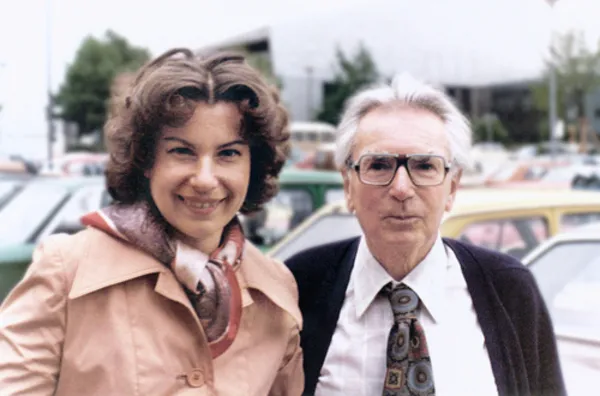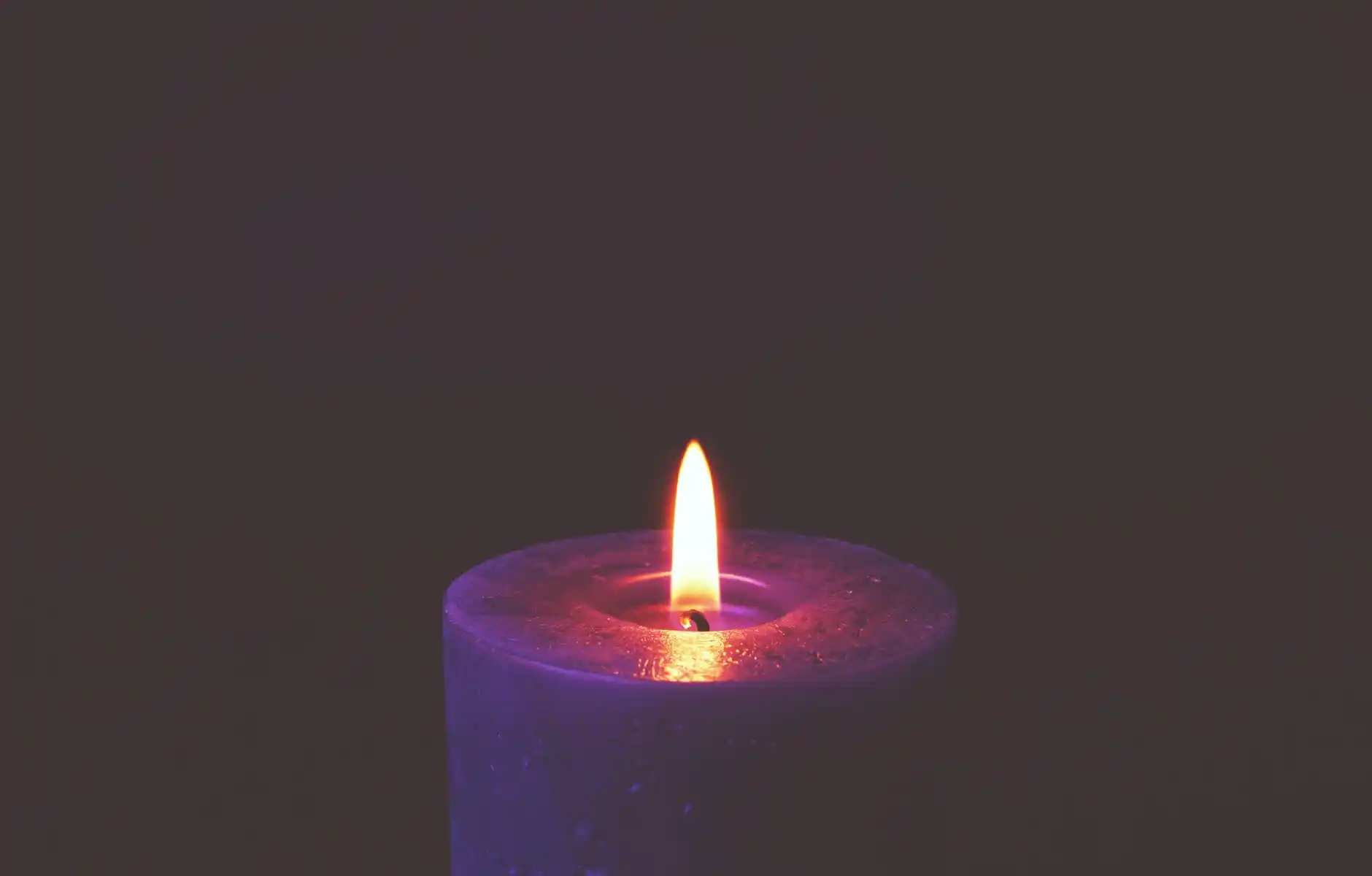Tag: Elisabeth Lukas
-

Trust, Basic Trust, Self-confidence, and trust in God
Interview with Elisabeth Lukas, PhD, by Stefan Baier (Grandios-redaktion, Regensburg, February, 2022). Translated by Maria Marshall, PhD
-

A Snapshot of Meaningful Moments with Prof. Dr. Elisabeth Lukas
If I was to arrange my memories with Dr. Elisabeth Lukas in a photo album, the album would span several decades. My first memory reaches back to 1982. There is a beautiful Christmas tree in my grandparents’ home. It is set on a table with glorious decorations and best of all, marzipan candies covered in…
-

Saying Yes to Life
Saying Yes to Life. Notes from an Interview with Alexander Batthyany and Elisabeth Lukas on Viktor E Frankl’s logotherapy and existential analysis. January 15, 2021.
-

Wax will Glow—Candle Meditation
Candle Meditation to illustrate the basic principles of Viktor E Frankl’s Logotherapy and Existential Analysis.